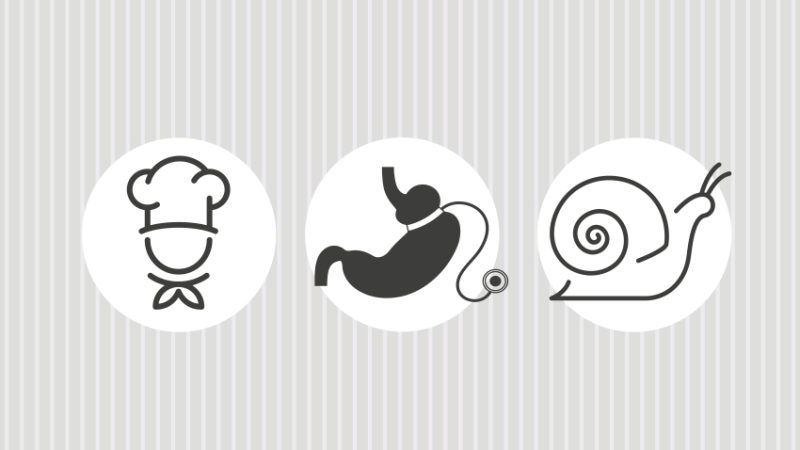KS3 English Lesson Plan – Judging A Book By Its Cover Can Lead To Deeper Understanding

This simple-but-transferable lesson allows pupils to ‘get things wrong’ without fear of recrimination, building their confidence in making assumptions about texts and encouraging them to justify their ideas

- by Stuart Davis

Due to the text being removed from the GCSE syllabus, we’ve recently created a ‘Rights and Identity’ unit for Year 9 and have added two wonderful texts in To Kill a Mockingbird and Of Mice and Men; studying one of which is often considered a ‘rite of passage’ for secondary pupils!
Getting pupils to make predictions from their front covers is hardly a revolutionary idea, but my lower group struggled to make many substantial inferences from the packaging and presentation of the latter title, even with several lessons worth of context mapped in. These are pupils who find writing difficult, and unless things are spelled out step-by-step for them, it is challenging for them to conceptualise ideas and put them into coherent sentences and/or paragraphs.
The element of competition in the classroom helps here because the onus is placed back on the child to try and ‘outdo’ their peers on both their ideas and descriptions, and the pace of the task provides motivation to complete the work and not get left behind. It can be stressful for pupils, working under strict timed conditions, but dressing it up as exam practice, making them feel like they’re a lot older than they actually are, has seemed to prove an incentive.
Starter
I do think it’s necessary to have done some prior context work before starting a task like this as it allows the pupils to ‘see the point’ of their learning, or at the very least understand the writer’s ideas and the time period in which the text is set. Again, this is a key skill that is necessary at GCSE.
In the case of Of Mice and Men, we spent four lessons studying The Great Depression, the concept of immigration, America’s ‘culture’ and segregation/discrimination. Encouraging students to make links between this prior work and their current learning gets them into the habit of talking about context for each point they make.
Thus, the starter of this task is discussion based. For five to ten minutes, depending on the class, the title of the book should be the topic of conversation. I often use a hat for discussion, in that the pupil wearing the hat is the only person who can talk. Given that we’re discussing Depression-era America, I used a trilby, which the kids seemed to enjoy!
Once discussion has occurred, we create a list of things on the board, so the pupils have an initial starting point. This is especially useful for a low-ability group, as they do often have difficulty synthesising different pieces of information.
Development
This too is dependent on the ability of the class. I collected six covers of Of Mice and Men for the students to work with and deduct from, but if you feel they can infer with fewer, feel free to adapt.
Now give the pupils two to three minutes on each cover to write as much as they possibly can; this is to encourage writing stamina, and strategic placing of LSAs may aid identifying pupils attempting to take it easy. I give them sentence openers to help too, such as ‘From cover one, I predict…’ (I feel it’s important to use the word ‘one’ rather than the digit to encourage good writing habits).
I give them 30 seconds to rest between covers. I also find that reminding them that they will probably not be ‘right’ alleviates any worries. We do, after all, want to encourage our kids to be resilient. Stress to them that anything is valid as long as they can suggest what gave them that idea.
This ends up being around 20 minutes of writing, interspersed with short breaks. It is meant to reduce the ‘wriggle room’ for distraction and disruption, because the tasks are so short and snappy. If you have pupils who struggle, or have that eternal fear of ‘getting it wrong’, then guide them to the initial notes from the starter to help.
Now, ask one pupil for one of their predictions for one of the covers; it doesn’t matter which. Ask if any pupils matched that prediction. I don’t feel it necessary to go through each cover because they will hopefully begin to make the links themselves. From there, build a discussion on why they have inferred those things; does the reasoning match up, too?
When you feel that the discussion has reached a natural conclusion, the pupils’ ideas will now need to be collated. I elect a confident writer at this point as a scribe, and a not-so-confident pupil as their aide, in order to listen to, and perhaps chair a vote on the main recurring predictions, and then note them down in a suitable fashion. I also like to get the pupils to sign it, to enforce that they stand by these words and they’ve come up with them!
Once everyone has signed, pop the predictions into an envelope, seal it, and ensure it’s visible during your lessons (so they can see it hasn’t been tampered with). During reading of the text, if any prediction comes true, refer back to the envelope and I’m 99% confident that you will see some excited faces!
I’d just like to refer back the idea of resilience and evaluation. We have a generation of pupils brought up on a diet of facts and figures, so evaluation is a skill they often find difficult.
I find that tasks like this, in which there is very little pressure to find a ‘correct’ answer, really help the children to understand that the process of coming to a reasonable and informed conclusion is as important as the conclusion itself. I feel like this is the only way that we are going to change the mentality of our young people. By removing the pressure the environment is immediately a lot more pleasant, especially for lower ability students who find these more subtle skills challenging.
Download this lesson plan as a PDF here.
Stuart Davis studied English at the University of Southampton from 2005 to 2008, before completing a PGCE in English a year later. He has been Lead Practitioner for English at The Toynbee School since September 2014.
Download our Year 7 English worksheets.











